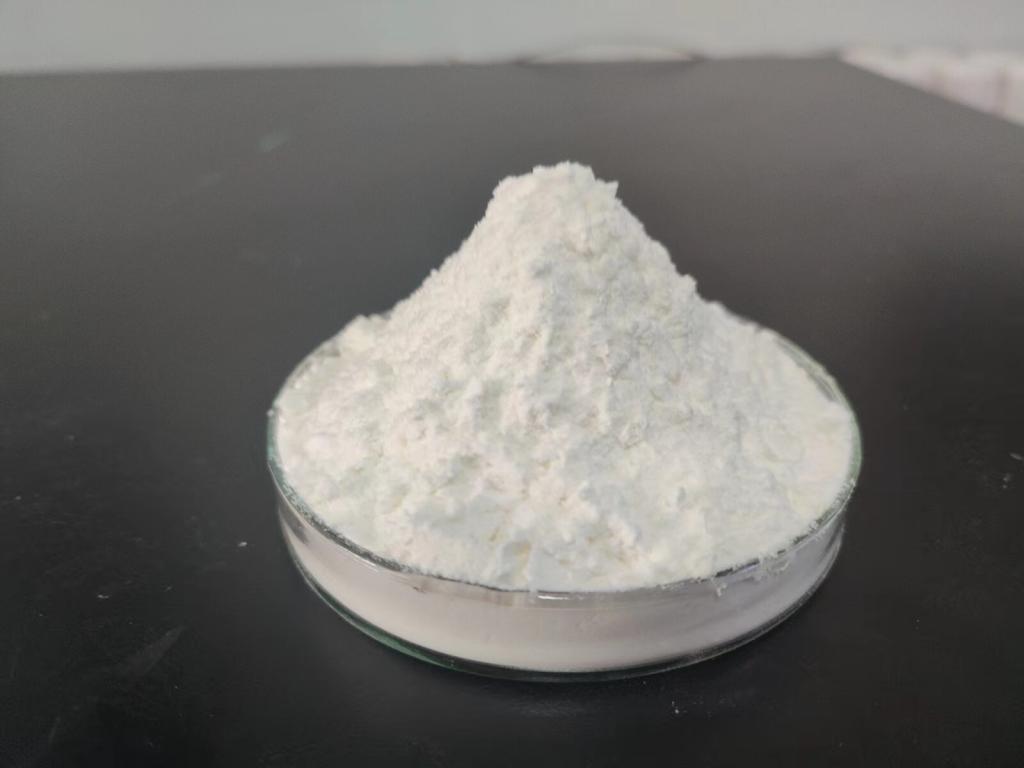Tel:+8618231198596

News
 CONTACT
CONTACT
 CONTACT
CONTACT
- Linkman:Linda Yao
- Tel: +8618231198596
- Email:linda.yao@dcpharma.cn
- Linkman:CHARLES.WANG
- Department:Overseas
- Tel: 0086 0311-85537378 0086 0311-85539701
News
ε-Polylysine Hydrochloride: A Natural Ally in the Fight Against Antibiotic Resistance
TIME:2023-12-29
I. Introduction: Antibiotic Resistance Crisis
Global Concerns and Implications
Antibiotic resistance is a pressing global health crisis with far-reaching consequences. The overuse and misuse of antibiotics have led to the emergence of resistant strains of bacteria, rendering once-effective treatments ineffective. This crisis not only jeopardizes individual health but also poses a threat to the foundation of modern medicine.
The Need for Alternative Antimicrobials
As traditional antibiotics face challenges, there is an urgent need for alternative antimicrobial agents that can effectively combat pathogens while mitigating the risk of further antibiotic resistance development.
II. ε-Polylysine Hydrochloride: Nature's Antimicrobial Warrior
Understanding ε-Polylysine
Derived from the bacterium Streptomyces albulus, ε-polylysine is a natural cationic polymer with antimicrobial properties. Its hydrochloride form, ε-polylysine hydrochloride, has gained recognition for its broad-spectrum activity against bacteria, viruses, and fungi.
Mechanism of Action
The unique mechanism of action involves ε-polylysine disrupting microbial cell membranes, leading to cell death. Unlike traditional antibiotics, ε-polylysine's mode of action makes it less prone to inducing resistance in microorganisms.
III. Addressing Antibiotic Resistance in Clinical Settings
Applications in Infection Control
Surgical Site Infections: ε-Polylysine hydrochloride can be incorporated into wound dressings and surgical site coatings to prevent bacterial infections and reduce the reliance on traditional antibiotics.
Intravenous Catheter-Related Infections: Coatings containing ε-polylysine may inhibit biofilm formation on catheters, minimizing the risk of infections associated with medical devices.
Combating Resistant Pathogens
MRSA (Methicillin-Resistant Staphylococcus aureus): The effectiveness of ε-polylysine against MRSA highlights its potential in addressing notoriously resistant bacterial strains.
Multi-Drug Resistant (MDR) Bacteria: ε-Polylysine's broad-spectrum activity makes it a valuable tool in combating bacteria with resistance to multiple classes of antibiotics.
IV. Potential Applications in Agriculture and Food Preservation
Reducing Antibiotic Use in Agriculture
In agriculture, where antibiotic use is prevalent for disease prevention and growth promotion, ε-polylysine hydrochloride offers an alternative approach. Its incorporation into animal feed or as a spray in agricultural settings can help control bacterial infections without contributing to antibiotic resistance.
Enhancing Food Safety
Poultry and Meat Preservation: ε-Polylysine's antimicrobial properties make it a natural choice for enhancing the safety of poultry and meat products, reducing the need for antibiotics in livestock.
Dairy Products: Incorporating ε-polylysine in dairy processing can contribute to safer products by controlling spoilage microorganisms, aligning with consumer demands for clean-label and minimally processed foods.
V. Mechanisms Preventing Resistance Development
Targeting Microbial Membranes
Unlike traditional antibiotics that often target specific cellular components, ε-polylysine's action on microbial membranes makes it challenging for bacteria to develop resistance. Understanding these mechanisms sheds light on the potential long-term efficacy of ε-polylysine in preventing resistance.
Low Likelihood of Cross-Resistance
Studies indicate a low likelihood of cross-resistance between ε-polylysine and traditional antibiotics. This property is crucial for the effective use of ε-polylysine as an adjunct or alternative to conventional antibiotics.
VI. Regulatory Considerations and Safety Profiles
Regulatory Approval Status
Navigating the regulatory landscape is essential for the integration of ε-polylysine hydrochloride into clinical and food applications. The current status of regulatory approvals and ongoing efforts to establish guidelines for its use play a pivotal role in shaping its future applications.
Safety Considerations in Clinical and Consumer Use
ε-Polylysine has demonstrated low toxicity in various studies, making it a safe alternative to traditional antibiotics. Comprehensive safety assessments and adherence to recommended usage levels contribute to its suitability for both clinical and consumer applications.
VII. Challenges and Future Directions
Scaling Production for Commercial Use
The commercial-scale production of ε-polylysine hydrochloride poses challenges related to cost, scalability, and efficient extraction methods. Research into biotechnological advancements and process optimization is essential to address these challenges.
Public Awareness and Acceptance
Public awareness of ε-polylysine and its potential as an ally in the fight against antibiotic resistance is crucial. Clear communication about its safety, efficacy, and environmental benefits can foster acceptance among healthcare professionals and consumers alike.
VIII. Collaborative Efforts and Global Impact
International Collaboration for Research
Collaborative efforts between researchers, pharmaceutical companies, and regulatory bodies are essential for advancing the understanding of ε-polylysine and facilitating its integration into clinical practices. International collaboration can accelerate research and ensure a global approach to combating antibiotic resistance.
Global Impact on Public Health
If successfully integrated, ε-polylysine hydrochloride has the potential to make a significant impact on public health by providing a natural, effective, and sustainable alternative to traditional antibiotics. Its diverse applications across healthcare, agriculture, and food preservation can contribute to a comprehensive strategy against antibiotic resistance.
IX. Conclusion: ε-Polylysine as a Cornerstone in Antibiotic Resistance Mitigation
As the global community faces the complex challenge of antibiotic resistance, ε-polylysine hydrochloride emerges as a beacon of hope. Its natural origin, broad-spectrum activity, and low likelihood of inducing resistance position it as a versatile ally in the fight against antibiotic-resistant pathogens. By exploring its mechanisms, applications, and potential impact on public health, this article emphasizes the transformative potential of ε-polylysine hydrochloride in shaping a future where antibiotic resistance is effectively mitigated. Collaborative efforts, regulatory support, and ongoing research are crucial for realizing the full potential of ε-polylysine in safeguarding the efficacy of antimicrobial treatments and preserving the future of global health.
- Tel:+8618231198596
- Whatsapp:18231198596
- Chat With Skype







